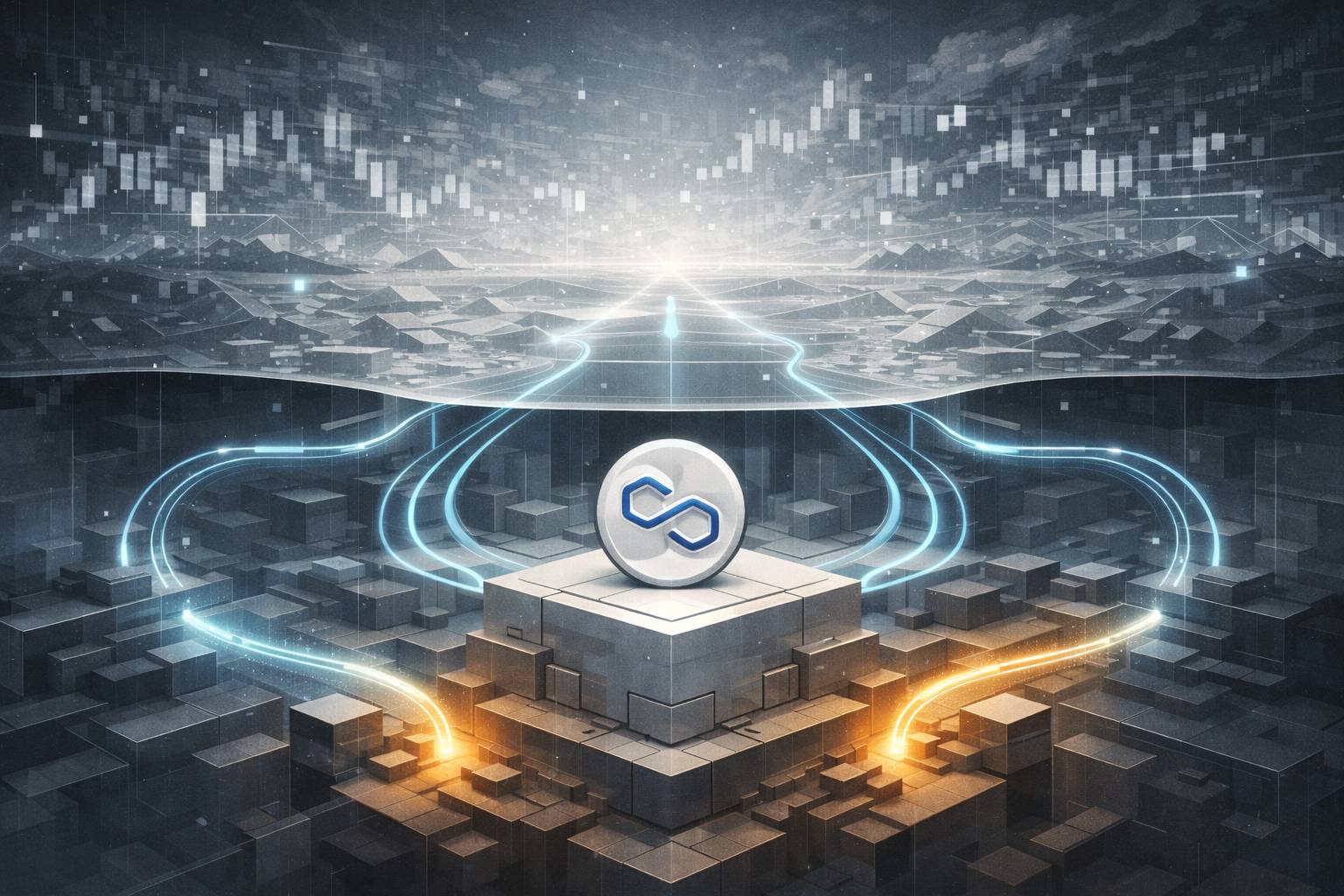Understanding the Unique World of Non-fungible Assets
Summary: Understanding Non-fungible Assets
Non-fungible assets are distinctive items, either digital or physical, that cannot be swapped on an identical basis because of their unique attributes. Unlike fungible assets like cryptocurrencies, non-fungible assets hold individual worth and lack identical replacements. Typically, these assets are showcased on blockchain platforms, which ensure transparency, security, and permanence. Their popularity is rising in sectors such as art, gaming, and collectibles, as they facilitate verifiable ownership, trackable provenance, and controlled rarity.
Exploring the Essence of Non-fungible Assets
Non-fungible assets consist of unique items that defy simple exchange on an equal-for-equal basis. Unlike their fungible counterparts, which are easily interchangeable, these assets boast distinctive features that render them singular. They can be found in both physical and digital forms, encompassing a diverse array of items such as artwork, collectibles, virtual properties, in-game objects, among others.
Defining Attributes of Non-fungible Assets
Non-fungible assets are characterized by several defining traits that set them apart from fungible items:
- Distinctiveness: Each non-fungible asset is unique, lacking an identical or replaceable counterpart.
- Indivisibility: These assets cannot be broken down into smaller units without sacrificing their value or uniqueness.
- Ownership Verification: Many non-fungible assets are documented using blockchain technology, providing transparent and immutable ownership records.
- Provenance: These assets come with a documented ownership history, assuring their origin and authenticity.
- Rarity: The supply of non-fungible assets can be intentionally limited, fostering a sense of exclusivity.
The Role of Blockchain in Non-fungible Assets
Blockchain technology has been pivotal in the emergence and growth of non-fungible assets. Utilizing blockchain platforms, these assets are often materialized as unique tokens, commonly known as Non-Fungible Tokens (NFTs). Stored on a blockchain, these tokens offer various advantages:
- Transparency: Blockchain provides publicly accessible ownership records, ensuring authenticity and historical accuracy for non-fungible assets.
- Security: Robust security features inherent in blockchain technology prevent counterfeiting or tampering of non-fungible assets.
- Permanence: Once recorded on the blockchain, the details of non-fungible assets remain unchanged, creating an enduring record.
- Cross-platform Compatibility: Non-fungible assets stored on blockchain are easily transferable between diverse platforms and ecosystems, supporting a global marketplace.
Diverse Applications of Non-fungible Assets
Non-fungible assets have penetrated multiple sectors, offering varied applications:
- Art: NFTs have transformed the art industry by enabling digital artists to craft, sell, and authenticate one-of-a-kind digital pieces.
- Gaming: In gaming, non-fungible assets are prevalent, permitting players to possess and exchange in-game items, characters, and virtual land.
- Collectibles: Digital collectibles have flourished, allowing the purchase and trade of unique items like trading cards, virtual pets, and digital fashion.
- Real Estate: Non-fungible assets facilitate fractional ownership of physical properties, simplifying the transfer and trade of real estate holdings.
- Identity and Certification: These assets can symbolize digital identities, academic achievements, and certifications, ensuring secure and verifiable proof of ownership and qualifications.
Challenges and Important Considerations
While non-fungible assets present exciting opportunities, they also come with challenges and considerations:
- Environmental Concerns: The energy demands of blockchain networks, specifically those using proof-of-work systems, have sparked environmental concerns related to non-fungible assets.
- Valuation Complexity: Assessing the worth of non-fungible assets can be complex and subjective, hinging on factors like perceived rarity, demand, and creator reputation.
- Legal Rights: Evolving legal frameworks and intellectual property rights around non-fungible assets may lead to disputes over ownership, licensing, and copyright.
- Market Fluctuations: The market for non-fungible assets is notably volatile, with prices subject to rapid changes driven by trends, demand, and speculation.
Final Thoughts
Non-fungible assets signify a novel era in ownership and value transfer. With their distinct features, blockchain integration, and broad applications, these assets present thrilling possibilities for artists, collectors, gamers, and investors. However, addressing the challenges and considerations associated with them is crucial for ensuring their sustainable growth and adoption in the future.









